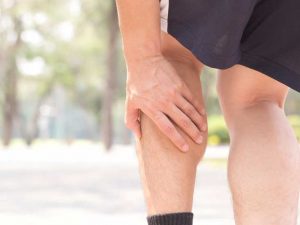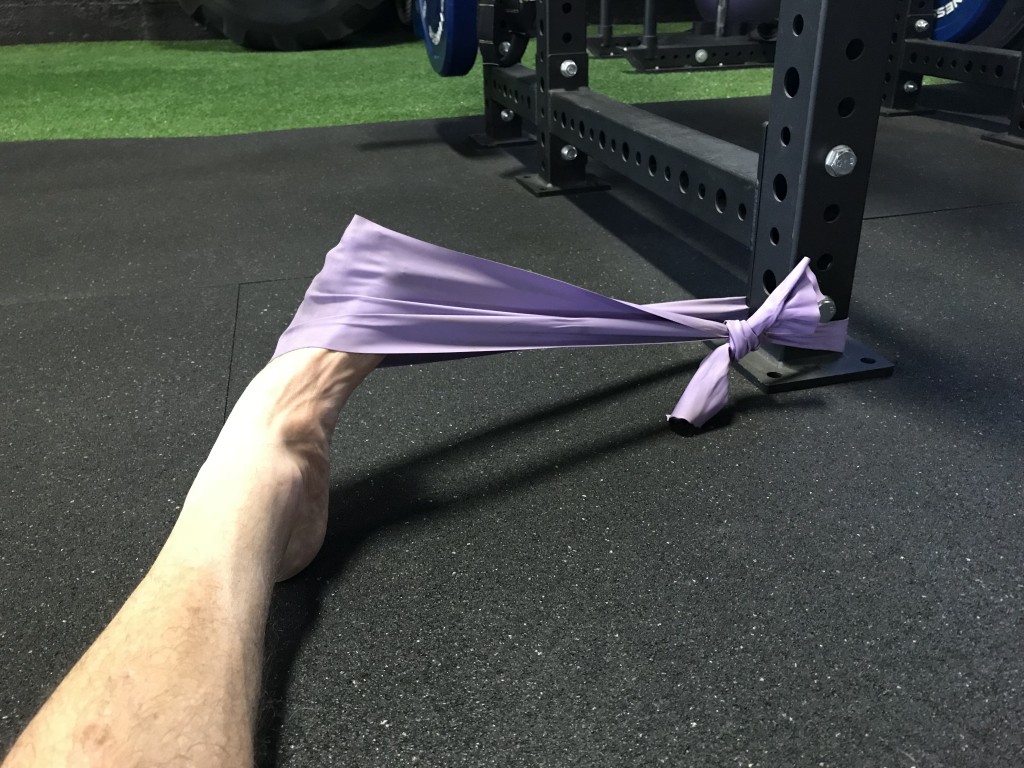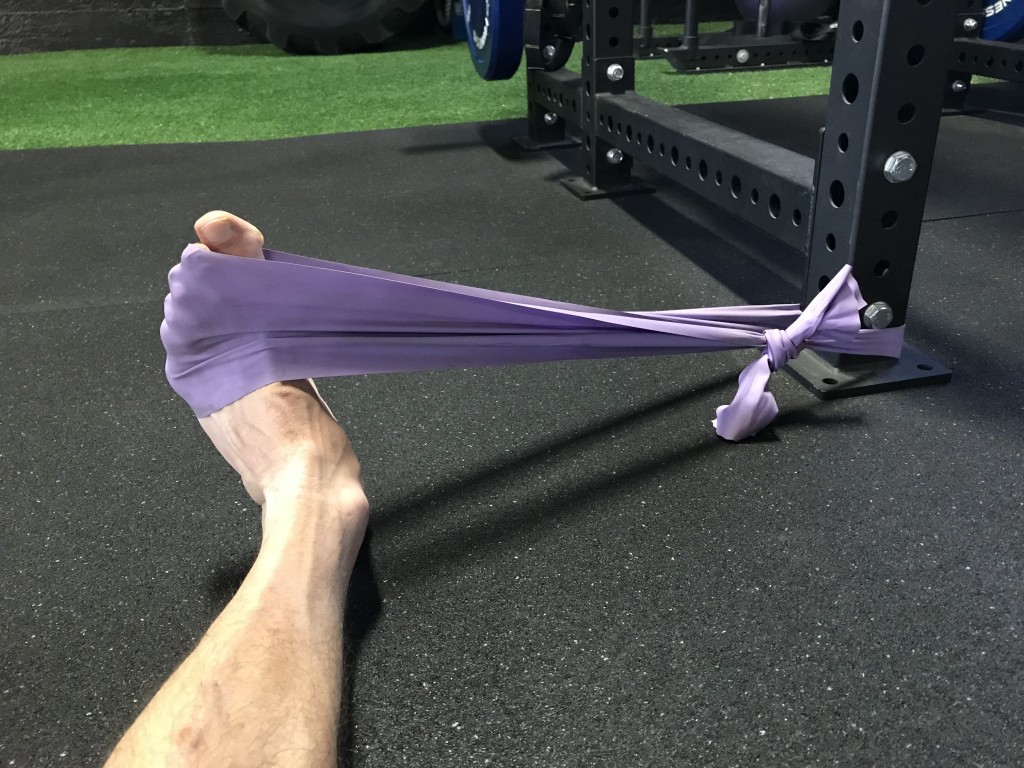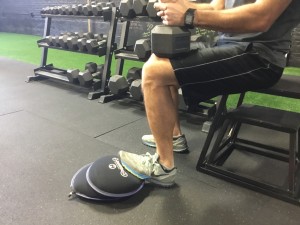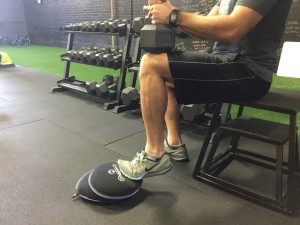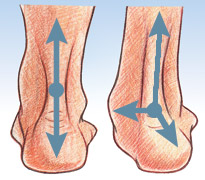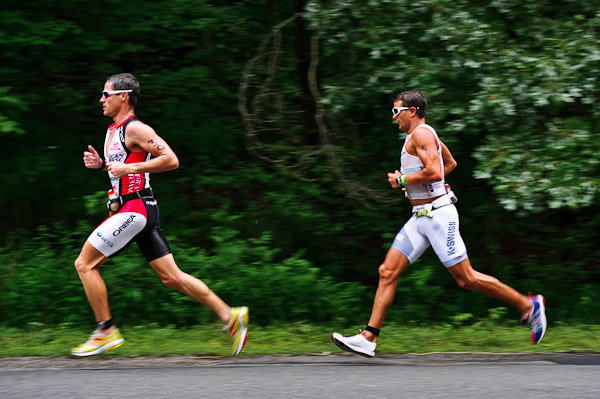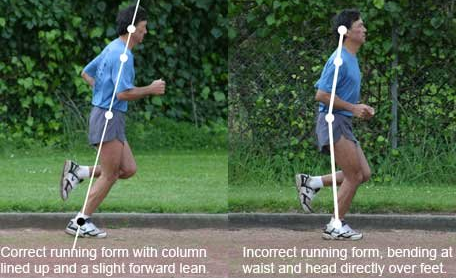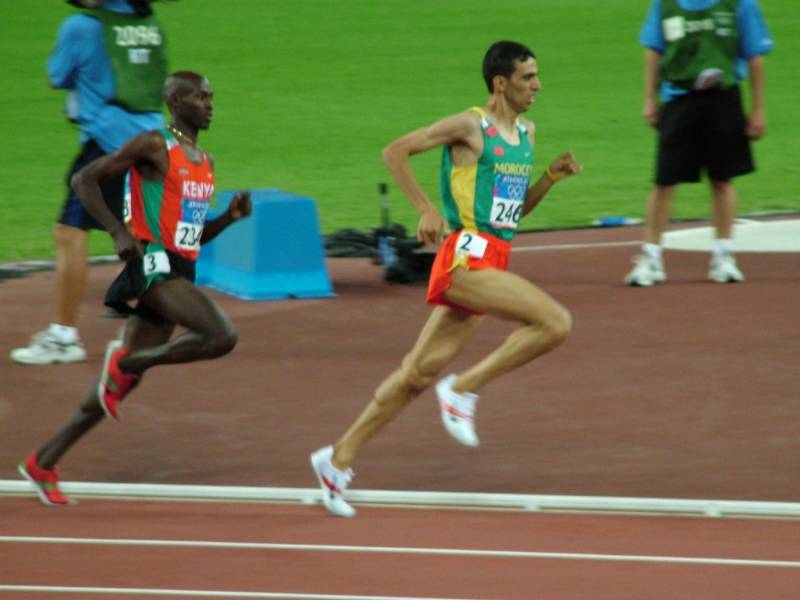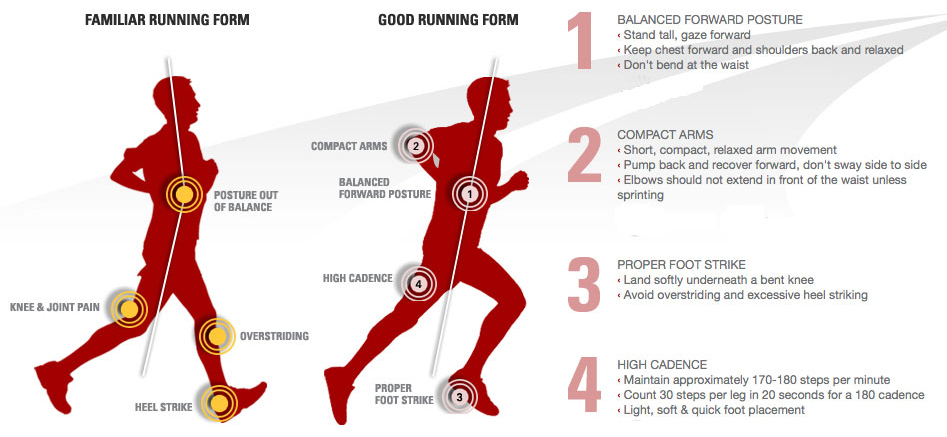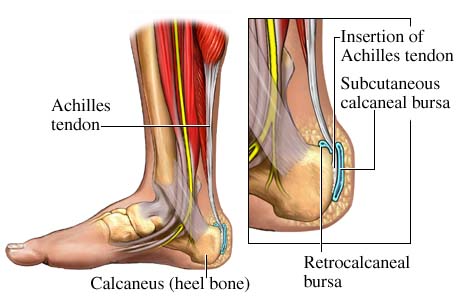About three weeks ago I went for a run in the snow. Part way through I felt some irritation in my left Achilles tendon. Like anyone who loves/needs to exercise, I kept running and I tried to convince myself that it wasn’t too bad, that it would probably go away soon or maybe if I changed my stride slightly it would resolve during the run.
I was wrong! I really irritated the thing and had to walk about a mile. This was the latest flare-up of a years-long lingering issue. (I’ve discussed the Achilles here and here, as well as left heel pain/plantar fasciitis here, here, here, here, here and probably in some other places… You’d think for someone who’s considered this issue so much that I wouldn’t have it anymore.)
Prior to this Achilles flare-up, I’d had some of some old familiar heel pain. It wasn’t debilitating but it was a signal that something wasn’t as it should be. Again, I ignored it to a large degree and figured it would resolve. I should’ve paid closer attention to it. Essentially, it wasn’t a problem until it was a problem. Time to get back to work on this thing.
Tendon injury: A complex issue
Why do we get injured? How do our tissues (like tendons) become damaged? If we administer the right amount of stress and then recover we get a positive adaptation–we get stronger. In contrast, if we administer too much stress and we don’t recover then we get some type of injury. Thus too much stress delivered too often and/or too fast has been my problem. I need to increase my tissue tolerance to the forces of running.
A recent article from Alex Hutchinson is titled Pro Tips on Treating Tendon Injuries. This article covers a debate among members of the Canadian Association of Sports and Exercise Medicine in Ottawa. Several top sports physicians and therapists were asked: Which therapy should the squash player try next? (I’m not a squash player but I have the injury they discussed.) If you’re dealing with this issue it’s definitely worth a read. It discusses several methods: eccentric strengthening, nitroglycerin patch, dry needling, cortisone, and platelet-rich plasma.
There wasn’t 100% agreement on anything much, but Hutchinson’s concluding statement was this (emphasis is mine):
“So what should the poor squash player do? In the question period following the debate, most participants conceded that strengthening exercises are the path to long-term health. Depending on the specifics of your tendon injury, other techniques may provide relief to allow you to exercise, but they’re not permanent cures.”
Cures I like. I have no interest in simply treating symptoms. Thus I decided it was time to implement something with which I’d been familiar but which I knew wouldn’t be very exciting at all: the eccentric strength protocol.
Eccentric strengthening
First, what does “eccentric” mean?An eccentric contraction is one in which the muscle is contracted but it’s also lengthening. Think of doing a bicep curl. You know the part where you yield to gravity and lower the weight? That’s the eccentric portion of the movement. (In contrast, the concentric portion is where you overcome gravity and bring up the weight.) For this particular protocol, we want to fight against the lowering action and lower very slowly.
I found a very thorough resource for this project from Jeff Gaudette at RunnersConnect.net. It’s titled The Ultimate Runner’s Guide to Achilles Tendon Injuries: The Scientific Signs, Symptoms, and Research Backed Treatment Options for Achilles Tendonitis and Insertional Achilles Tendinopathy. (The title of this thing just screams ACTION!! doesn’t it?) You can download both the Injury Treatment PDF and the Injury Prevention PDF. As the title suggests, this is a thoroughly researched guide to dealing with tendon injuries. I appreciate very much that there is both a treatment and prevention strategy. I won’t go into the whole thing but here are the basics:
The strength protocol consists of two exercises: a straight-kneed and a bent-kneed
eccentric heel drop. The protocol calls for three sets of fifteen heel drops, both bent- kneed and straight-kneed, twice a day for twelve weeks.
Standing on a step with your ankles plantarflexed (at the top of a “calf raise”), shift all of
your weight onto the injured leg. Slowly use your calf muscles to lower your body down,
dropping your heel beneath your forefoot. Use your uninjured leg to return to the “up”
position. Do not use the injured side to get back to the “up” position! The exercise is
designed to cause some pain, and you are encouraged to continue doing it even with
moderate discomfort. You should stop if the pain is excruciating, however.
Once you are able to do the heel drops without any pain, progressively add weight using a backpack. If you are unlucky enough to have Achilles tendon problems on both sides,
use a step to help you get back to the “up” position, using your quads instead of your
calves to return up.
The eccentric exercises are thought to selectively damage the Achilles tendon, stripping
away the misaligned tendon fibers and allowing the body to lay down new fibers that
are closer in alignment to the healthy collagen in the tendon. This is why moderate pain
during the exercises is a good thing, and why adding weight over time is necessary to
progressively strengthen the tendon.
You do these exercises for 3 sets of 15 reps, twice daily. There are photos showing these exercises including a modification if you have what’s known as insertional Achilles tendonitis. Again, read the whole thing if you want the full rundown of this protocol.
More thoughts
Part of why I haven’t done this in the past is that it is slow and tedious! Three sets of 15 slow reps makes time crawl like some sort of crippled tortoise. It ain’t fun! Plus I’ve never cared much for doing calf work. That said, I need to fix this problem. This process seems to be the best way to go about it, so I’m on board.
Something else I realize is that if I’m prone to this injury and I want to avoid it then I need to do the preventive work. That means setting aside time throughout the week and during my workouts to do some of this stuff.
I’ve been doing this work for about the past three weeks and I am getting better. I’ve done a couple of short run/walks and I’m not in the clear just yet. The only option I see is to continue doing what I’m doing.
Update
I just went on a run of a little over two miles and the Achilles feels fantastic. No pain! Felt like I could’ve run all day–which would’ve been stupid of me. This protocol is working for me right now.

